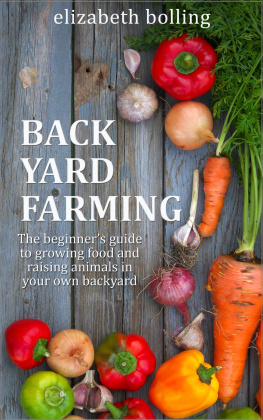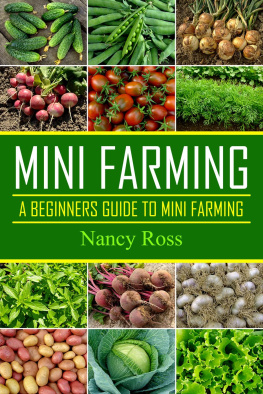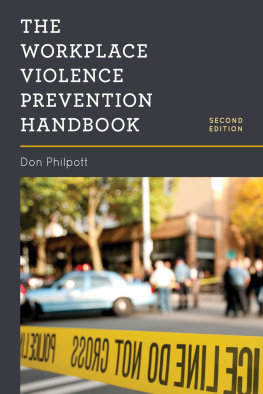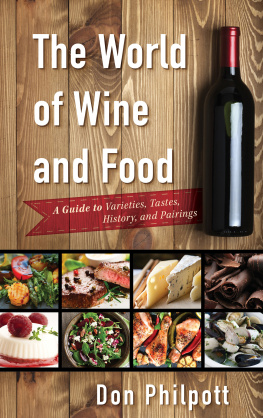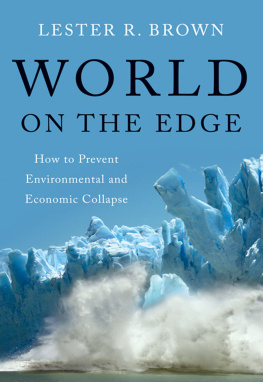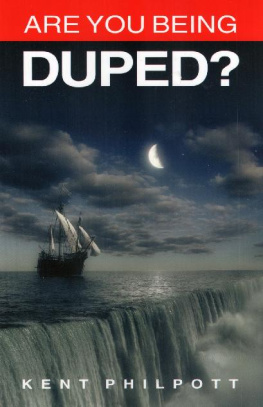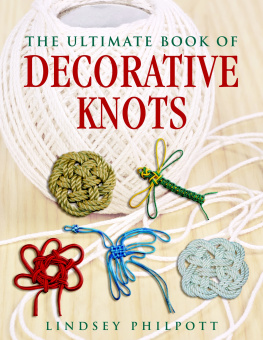Tom Philpott - Perilous Bounty: The Looming Collapse of American Farming and How We Can Prevent It
Here you can read online Tom Philpott - Perilous Bounty: The Looming Collapse of American Farming and How We Can Prevent It full text of the book (entire story) in english for free. Download pdf and epub, get meaning, cover and reviews about this ebook. year: 2020, publisher: Bloomsbury Publishing, genre: Romance novel. Description of the work, (preface) as well as reviews are available. Best literature library LitArk.com created for fans of good reading and offers a wide selection of genres:
Romance novel
Science fiction
Adventure
Detective
Science
History
Home and family
Prose
Art
Politics
Computer
Non-fiction
Religion
Business
Children
Humor
Choose a favorite category and find really read worthwhile books. Enjoy immersion in the world of imagination, feel the emotions of the characters or learn something new for yourself, make an fascinating discovery.

- Book:Perilous Bounty: The Looming Collapse of American Farming and How We Can Prevent It
- Author:
- Publisher:Bloomsbury Publishing
- Genre:
- Year:2020
- Rating:5 / 5
- Favourites:Add to favourites
- Your mark:
- 100
- 1
- 2
- 3
- 4
- 5
Perilous Bounty: The Looming Collapse of American Farming and How We Can Prevent It: summary, description and annotation
We offer to read an annotation, description, summary or preface (depends on what the author of the book "Perilous Bounty: The Looming Collapse of American Farming and How We Can Prevent It" wrote himself). If you haven't found the necessary information about the book — write in the comments, we will try to find it.
Tom Philpott: author's other books
Who wrote Perilous Bounty: The Looming Collapse of American Farming and How We Can Prevent It? Find out the surname, the name of the author of the book and a list of all author's works by series.
Perilous Bounty: The Looming Collapse of American Farming and How We Can Prevent It — read online for free the complete book (whole text) full work
Below is the text of the book, divided by pages. System saving the place of the last page read, allows you to conveniently read the book "Perilous Bounty: The Looming Collapse of American Farming and How We Can Prevent It" online for free, without having to search again every time where you left off. Put a bookmark, and you can go to the page where you finished reading at any time.
Font size:
Interval:
Bookmark:


For Alice Brooke Wilson, always and forever; for the workers who feed us; and for Anne Sugrue (19412019)

CONTENTS
Salad greens love an autumn chill. It concentrates their flavor, making them peppery but also sweet. And cold weather beats back the insect pests that besiege these tender leaves in warm months.
To cut delicate greens on frosty mornings, you can wear gloves, but for dexteritys sake, they have to be the kind that leaves the fingers bare. Each day when you start out, your fingers take on a stinging chill. We had a joke at the small organic farm in the Appalachian Mountains of western North Carolina where I worked in the early 2000s: when the pain has finally eased because your fingers have gone completely numb, you know youre halfway through the mornings harvest.
The daily ache was worth it. The farm cultivated broccoli, chard, beets, potatoes, squash, green beans, and more; but fall salad greens were the crown jewel. Spinach, young kale, arugula, and a variety of spicy mustards were its lifeblood, its claim to fame. You dont have to take my word for it. After a visit in 2005, the food writer Jim Leff, founder of the website Chowhound, called them hallucinogenic in their intensity and persistence of flavor; coated with a dab of oil and vinegar, they steal every meal they accompany.
My years on the farm were a crash course in some of the challenges and paradoxes facing U.S. agriculture, and those prized salad greens figured in one memorable lesson.
One chilly afternoon, late in fall 2006, I was in the farmhouse calling restaurant chefs to take their delivery orders, a key part of our business. I reached the chef of a much-loved local restaurant, a reliable customer. On our call, he ordered his usual amounts of other fall goods: garlic, beets, mature chard. The conversation turned to salad greens, which he had been buying from us in large quantities for years. This time, he stopped short: I hate to ask, but can you go down on price? He explained that his food distributor had just begun offering organic salad greens shipped from California. Theyre pretty good quality. Not nearly as good as yours, but not bad eitherand theyre less than half the price.
I thought for a second. I didnt feel like telling him what trouble it was to cut the greens he had been buying, or that we relied on the price we had established to get through the winter and buy the springs seeds. I simply explained that fall greens were our central crop, and we couldnt go down on price. He bought a few bagsa fraction of his usual order, for use on the nightly special, he said.
Not long after, such haggling became the norm among most of our restaurant customers for nearly everything we grew. I didnt know it at the time, but that chef was gently informing me that not bad organic vegetables grown in California had emerged as the price setter for produce among our areas farms.
Of course, at that time, California fruits and vegetables already dominated our areas supermarkets, as they did supermarkets throughout the country. For midsize, nonorganic farms across the nation, the California price has long served as a price ceiling. The downward pressure of that price, in turn, made each acre of farmland less profitable, forcing growers to strive to get bigger or exit the business. But the California agricultural behemoth was even big-footing its way into the relationship between a niche organic mountain farm and its restaurant market. The long-fomenting revolt against industrially produced food was beginning to consume its own.
That same year, Michael Pollan published his landmark The Omnivores Dilemma , which further galvanized awareness of our food systems depredations. Sales of organic food were booming; farmers markets were multiplying across the country. Even amid this surge in desire to know where your food comes from, Californias massive farms were intensifying their grip on U.S. food production. California organic was squeezing local organic.
According to conventional economics, our plight reflected the invisible hand of the market slapping down inefficient producers in favor of ones who can do a better job of growing vegetables. The principle of comparative advantage, which has been with us since the nineteenth century, holds that each region should generate a surplus of stuff it can produce most cheaply and trade those excess goods for the specialized products of other regions. The case for specialization is perhaps nowhere stronger than in agriculture, where the costs of production depend on natural resource endowments, such as temperature, rainfall, and sunlight, as well as soil quality, pest infestations, and land costs, the Duke University economist Steven Sexton argued in a 2011 piece for the Freakonomics website.
Sexton went on to cite Californias farm regions, with their mild winters, warm summers, and fertile soils, as a prime example of comparative advantage in action. Sexton pointed approvingly to the states dominance of the American supermarket produce aisle and warned consumers against supporting local efforts to challenge it, which would only raise the cost of food by constraining the efficient allocation of resources.
Sexton couldnt have known it then, but that very year, California had entered what would turn out to be its most severe drought in at least five hundred years. In a sense, the succession of dry years vindicated the claim that California should be our dominant vegetable and fruit producer. Through its long, parched stretch, the California agriculture juggernaut lurched forward. The long drought caused dry wells, poisoned water, and other massive hardships for the people who toil in the states blazing-hot agricultural valleys. But they caused barely a blip for most U.S. consumers, who encountered the same reliable bounty in their supermarkets. In 2010, the year before the epic drought, California farms churned out $20.7 billion worth of fruits, vegetables, and nuts, about 53 percent of the U.S. total. In 2015, at the droughts height, output had actually risen to $28.6 billion, accounting for 57 percent of all such U.S. output.
For most Americans, its easy to ignore the Central Valley, even though its as important to eaters as Hollywood is to moviegoers or Silicon Valley is to smartphone users. Occupying less than 1 percent of U.S. farmland, the Central Valley churns out a quarter of the nations food, predominantly fruit, vegetables, and nuts.
In this book, Ill show how this apparent triumph of comparative advantage is like the sight of water in a sunbaked desert: a mirage, and a dangerous one for U.S. eaters.
While California is the undisputed top supplier of our fruits and vegetables, another region, the Midwest, occupies a similar position for the foodstuff that takes the central position on the U.S. dinner plate: meat. The Midwests store of rich, black, prairie-derived topsoil places the region among the globes great breadbaskets. Its farms supply the bulk of corn and soybeans that provide the feed for the United States highly industrialized meat sector. Just as youll find loads of California vegetables in Des Moines all summer, meat cases from San Diego to San Francisco are stuffed with cuts from animals fattened on Iowa corn. The corn and soybeans grown there also course through the processed- and fast-food industries, providing the bulk of the fat and much of the sweetener that makes prefab food palatable.
Font size:
Interval:
Bookmark:
Similar books «Perilous Bounty: The Looming Collapse of American Farming and How We Can Prevent It»
Look at similar books to Perilous Bounty: The Looming Collapse of American Farming and How We Can Prevent It. We have selected literature similar in name and meaning in the hope of providing readers with more options to find new, interesting, not yet read works.
Discussion, reviews of the book Perilous Bounty: The Looming Collapse of American Farming and How We Can Prevent It and just readers' own opinions. Leave your comments, write what you think about the work, its meaning or the main characters. Specify what exactly you liked and what you didn't like, and why you think so.


